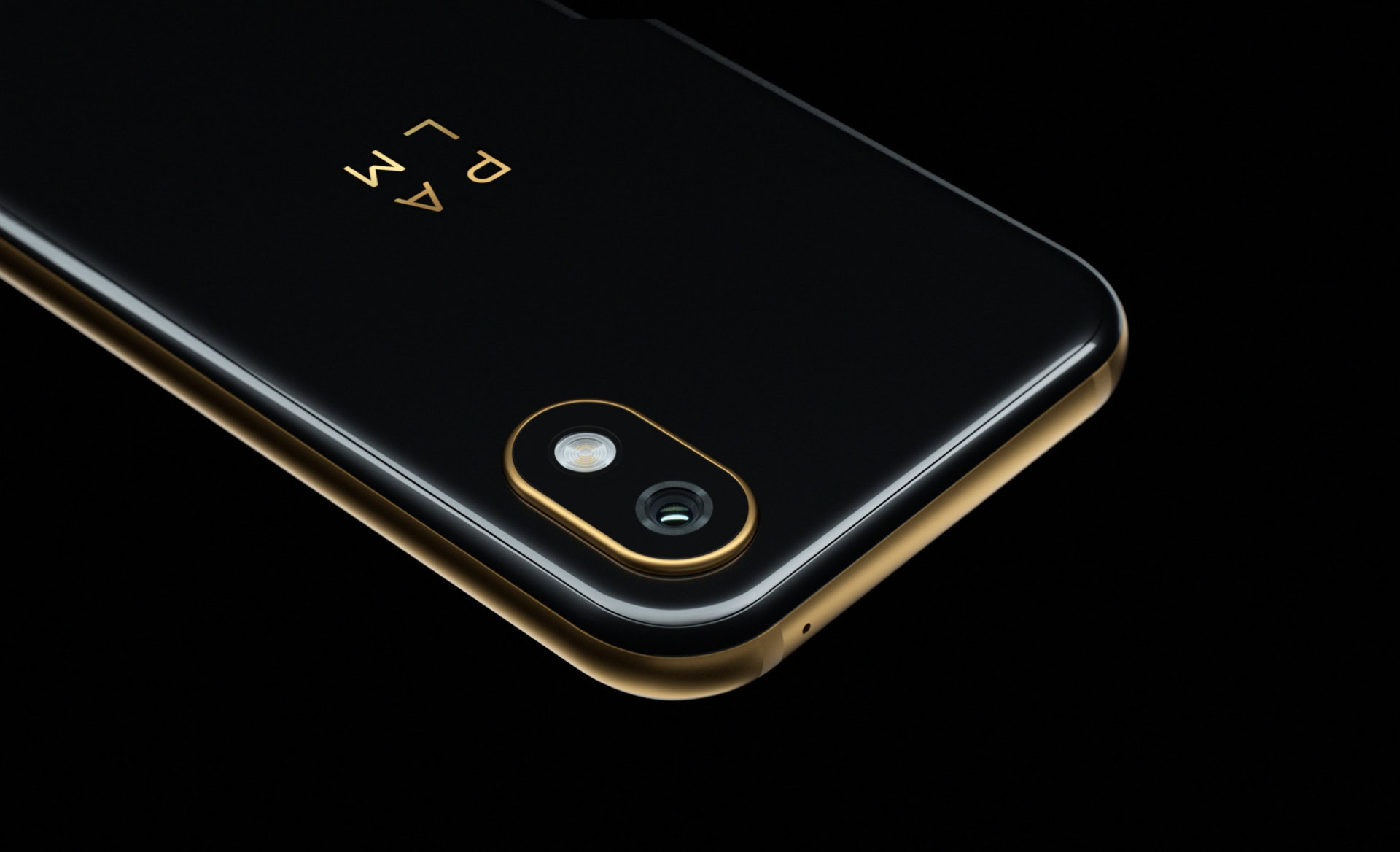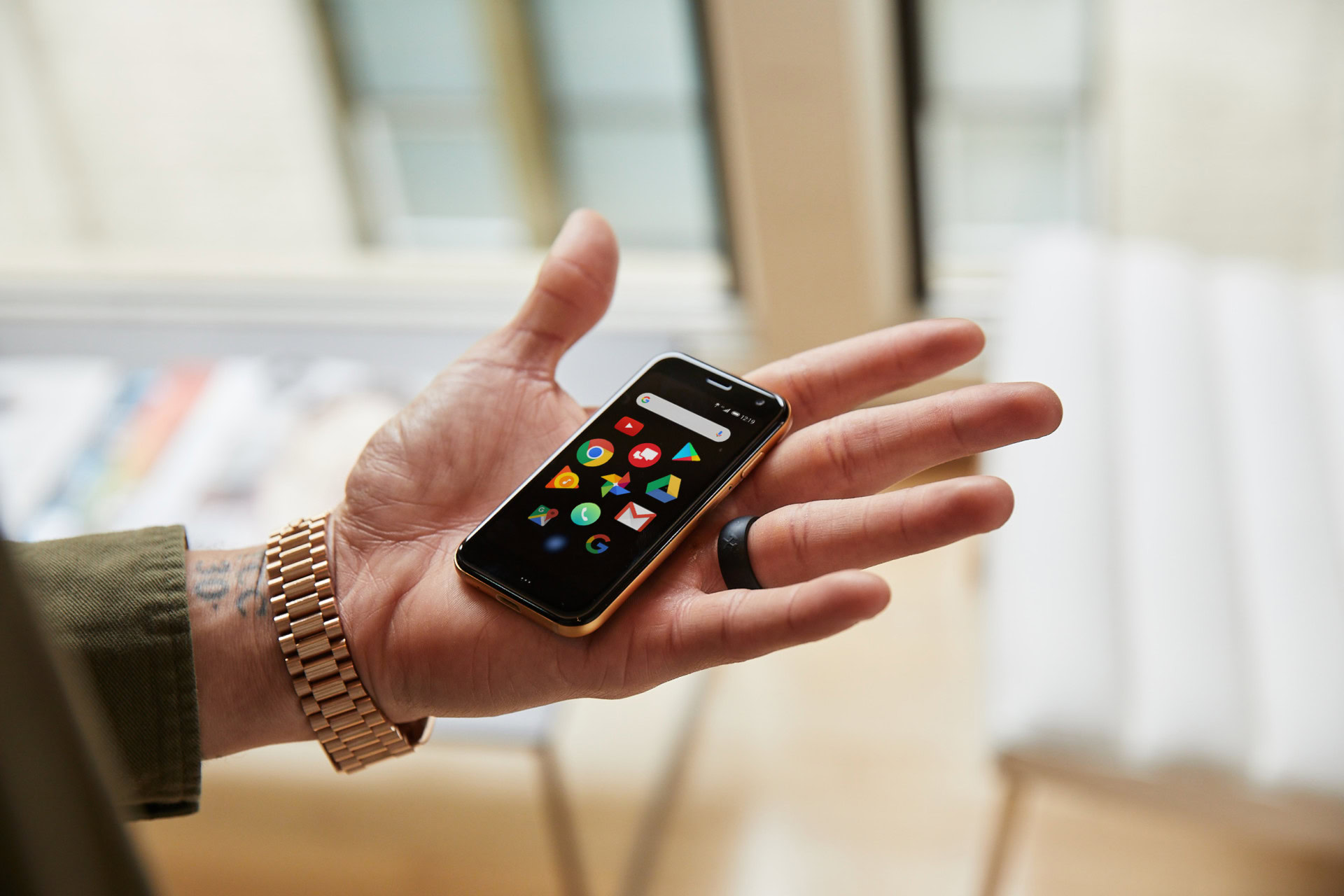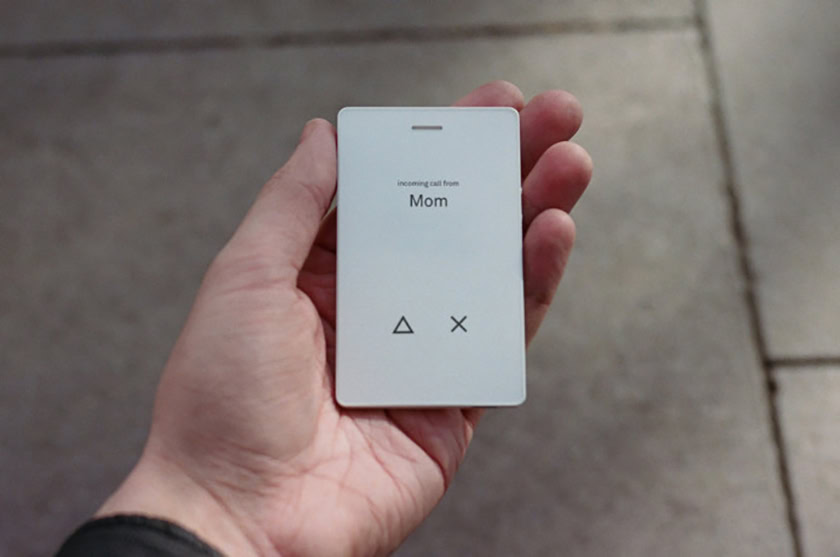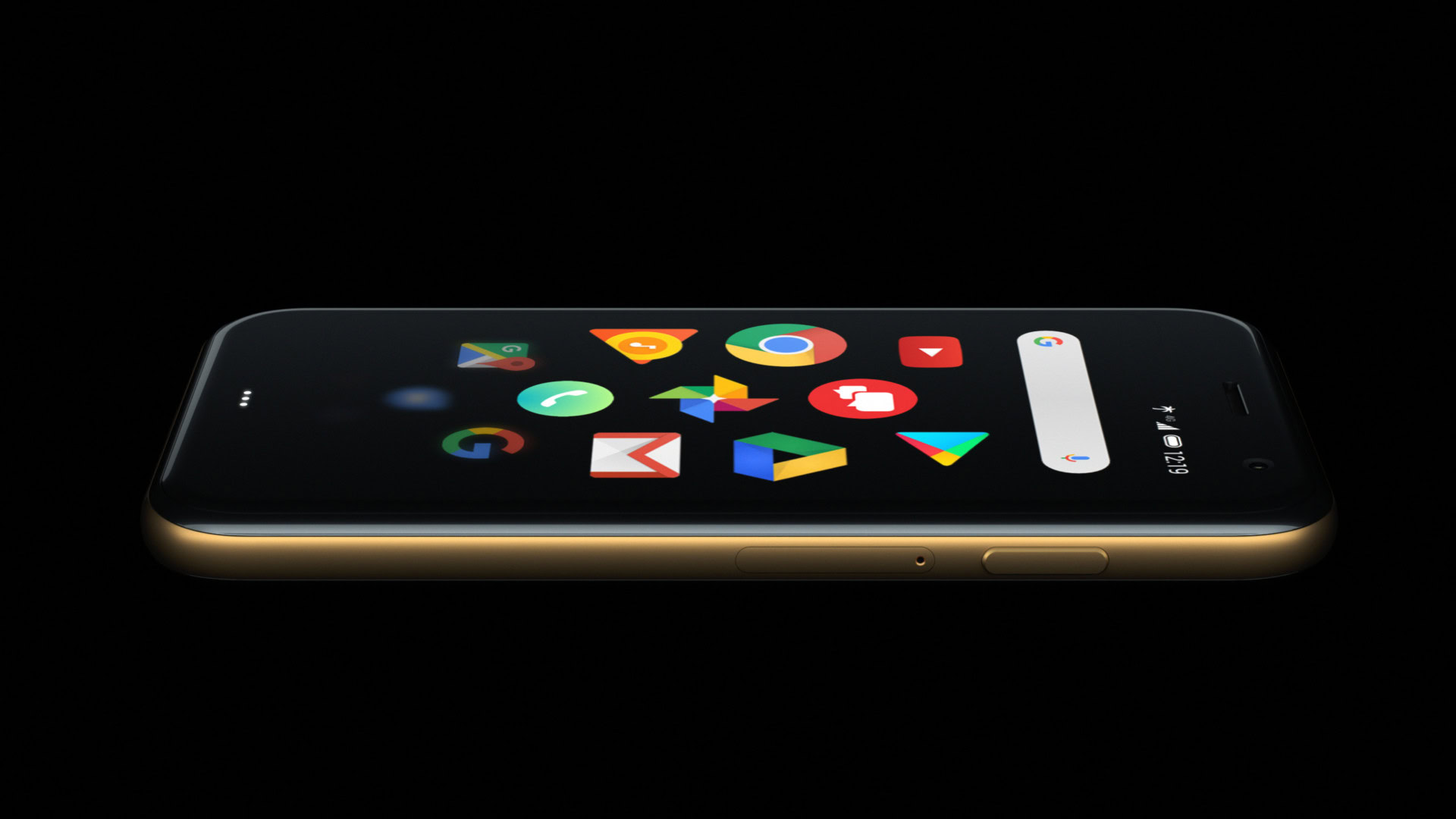Affiliate links on Android Authority may earn us a commission. Learn more.
The tiny Palm phone wants to be your current phone's little sister

You may have never owned a Palm phone before, as the height of the company’s success was prior to the launch of the first Android device. However, if you did own one you likely understand Palm paved the way for smartphones as we know them today, probably more than any other manufacturer.
That’s why Palm enthusiasts are probably pretty excited the new Palm phone is real, running Android, and coming to Verizon in November. However, this is not the Palm you remember.
In fact, the Palm phone has very little to do with the original Palm brand. No one who was originally a part of Palm had a hand in creating this new device, and the software doesn’t look or feel anything like PalmOS or webOS. Even the logo is wildly different than the original Palm logo.
That all being said, it doesn’t mean this new Palm phone is just hijacking the original brand for its own purposes. On the contrary, this new Palm phone has a similar spirit to the older Palm phones, albeit an updated aesthetic for our modern times.
How small is it, and why is it so small?

As you can see from the photo above, the Palm phone is very, very small. Its 3.3-inch display fits into a body which is only 50 x 97 x 7.4mm, making it a little larger (and a whole lot thicker) than a credit card.
If you’re wondering why anyone in 2018 would want their smartphone to be that small, the answer is that Palm doesn’t think anyone does. The Palm phone is not meant to be a phone which you walk into a store to buy, slap your SIM card in, and use as your main device. Instead, the Palm phone is meant to be like a sidekick to your other, larger main phone.
Palm envisions you using this phone as your secondary device, one which you bring with you on weekend adventures, vacations, hikes, or during other times when having your all-encompassing main smartphone would either be impractical or unnecessary.

With that in mind, you can only buy this smartphone from Verizon and only as an add-on device. In other words, you must have a line with Verizon with a primary, full-sized device attached to it, and then you can add this device to that same account. The phone number attached to your main Verizon phone will also be the number used on the Palm phone, allowing you to grab either one when you’re headed out the door to do whatever it is you have planned to do that day.
In many ways, this phone is a lot like the Kickstarter-backed Light Phone, albeit with the full capabilities of a “regular” phone. It makes calls, takes photos, sends and receives text, has Bluetooth, and even has full access to the Google Play Store. It’s just… you know… small.
What specs did Palm cram into this tiny thing?

Obviously, with a phone this small you’re not going to get the specs of a device like the Samsung Galaxy Note 9. However, for a tiny device meant to be a secondary phone, Palm did a pretty good job making it a fully capable replacement for when you want to leave your primary device at home.
There’s only one button on the Palm phone: the power button on the right side of the device. There are no volume buttons, only a power button. The power button turns the device on or off (naturally), and a long-press launches Google Assistant. If you want to alter the volume, you have to do so within the quick settings panel.
There’s a camera on the rear which reportedly takes OK shots, and a similarly OK front-facing sensor for selfies and face unlock security. There’s no fingerprint sensor so you can only secure the phone through a PIN/password or through face unlock.
Here are the full specs of the Palm phone:
| Palm Phone (2018) | |
|---|---|
Display | 3.3-inch LCD HD Display 445ppi Gorilla Glass 3 |
Processor | Qualcomm Snapdragon 435 |
RAM | 3GB |
Storage | 32GB No expandable storage |
Battery | 800mAh |
Cameras | Rear: 12MP sensor and flash Front: 8MP sensor |
Durability | IP68 water- and dust-resistant |
Sensors | G-Sensor Glonass GPS Proximity E-compass Gyro |
Connectivity | 4G LTE, Bluetooth 4.2 WLAN 802.11 b/g/n (2.4GHz) Non-removable nano SIM |
Software | Android 8.1 Oreo |
Dimensions and weight | 50.6 x 96.6 x 7.4mm 62.5g |
Colors | Titanium, Gold |
The Palm phone runs Android 8.1 Oreo with a unique, minimalist launcher specifically designed to accommodate the very small screen. But don’t let looks deceive you: this is a fully-capable Android smartphone, and can run the vast majority of Android apps available from the Google Play Store. Sure, some might look strange due to the phone’s small size, but it will be able to do all the basic things you usually do with your main smartphone.
When can you buy it, where, and how much will it cost?

As previously mentioned, the Palm phone is a Verizon exclusive. In order to buy it, you must already have (or be willing to get) a main Verizon line with a “real” smartphone attached to it. The Palm phone can then be added to that main line.
The device costs $350 and will be available in November (no exact date was given).
Since this Palm phone is pretty much the quintessential luxury device (as in you don’t need it, you just want it), we expect only a very small subset of people will buy it. However, the idea of having a secondary smartphone appears to be gaining some steam, and this Palm phone might be a success within its relatively-new market. Who knows, maybe five years from now we’ll all wonder how we ever did without a sidekick device.
What do you think? Is this something you’d be interested in buying? Sound off in the comments!